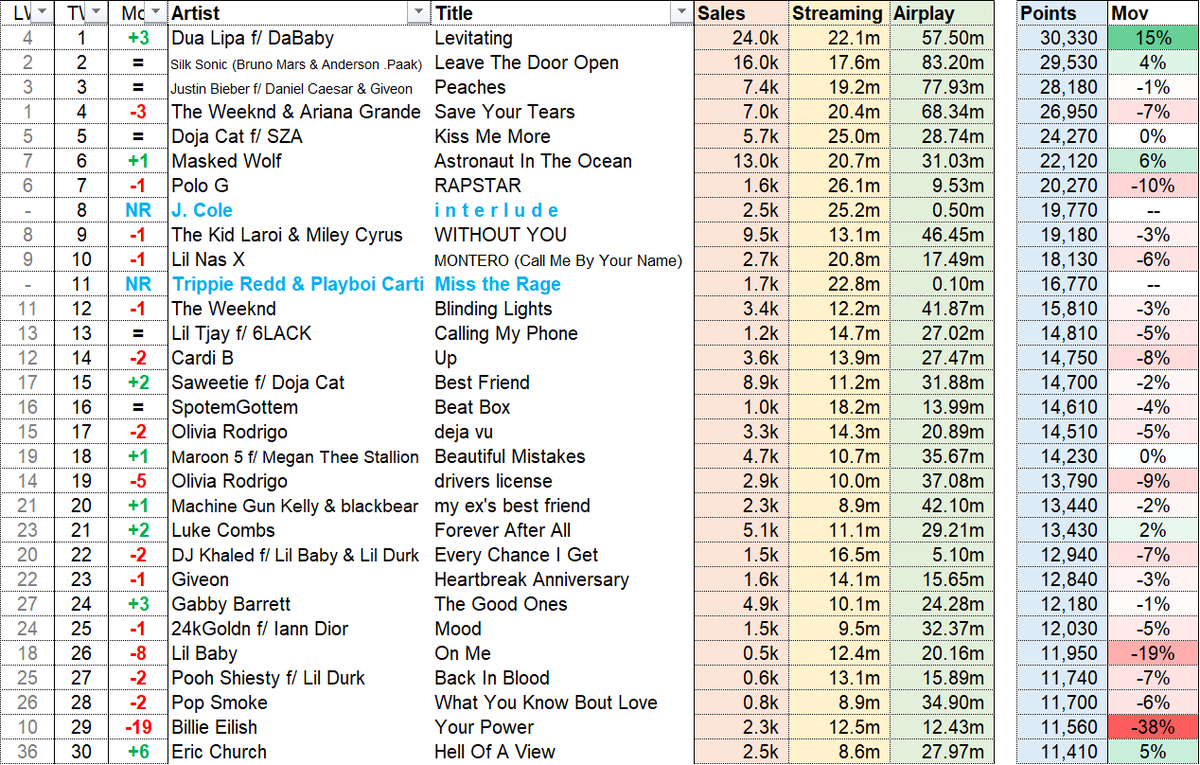
However, relatively little is known about this behavior and what drives it.

The combined findings of this study suggest that music discovery behavior, and other facets of the human experience of music, can be studied quantitatively using large-scale industrial data.ĭiscovering new music is a popular pastime, and opportunities for music discovery present themselves throughout everyday life. Finally, we derive insights into the data size needed to achieve consistent query distributions for individual songs. Furthermore, we find that the distribution of queries at the time of a song's release differs from the distribution following a song's peak and subsequent decline in popularity, possibly reflecting an evolution of user intent over the “life cycle” of a song. Our results reveal that the distribution of queries varies over the course of a song, and that salient musical events drive an increase in queries during a song. Here, we analyze a large collection of Shazam queries of popular songs to study the relationship between the timing of queries and corresponding musical content. The widespread use of such services has produced a wealth of user data, specifying where and when a global audience takes action to learn more about music playing around them. Music discovery in everyday situations has been facilitated in recent years by audio content recognition services such as Shazam. 3Department of Statistics, Stanford University, Stanford, CA, USA.2Shazam Entertainment, Ltd., Redwood City, CA, USA.



 0 kommentar(er)
0 kommentar(er)
